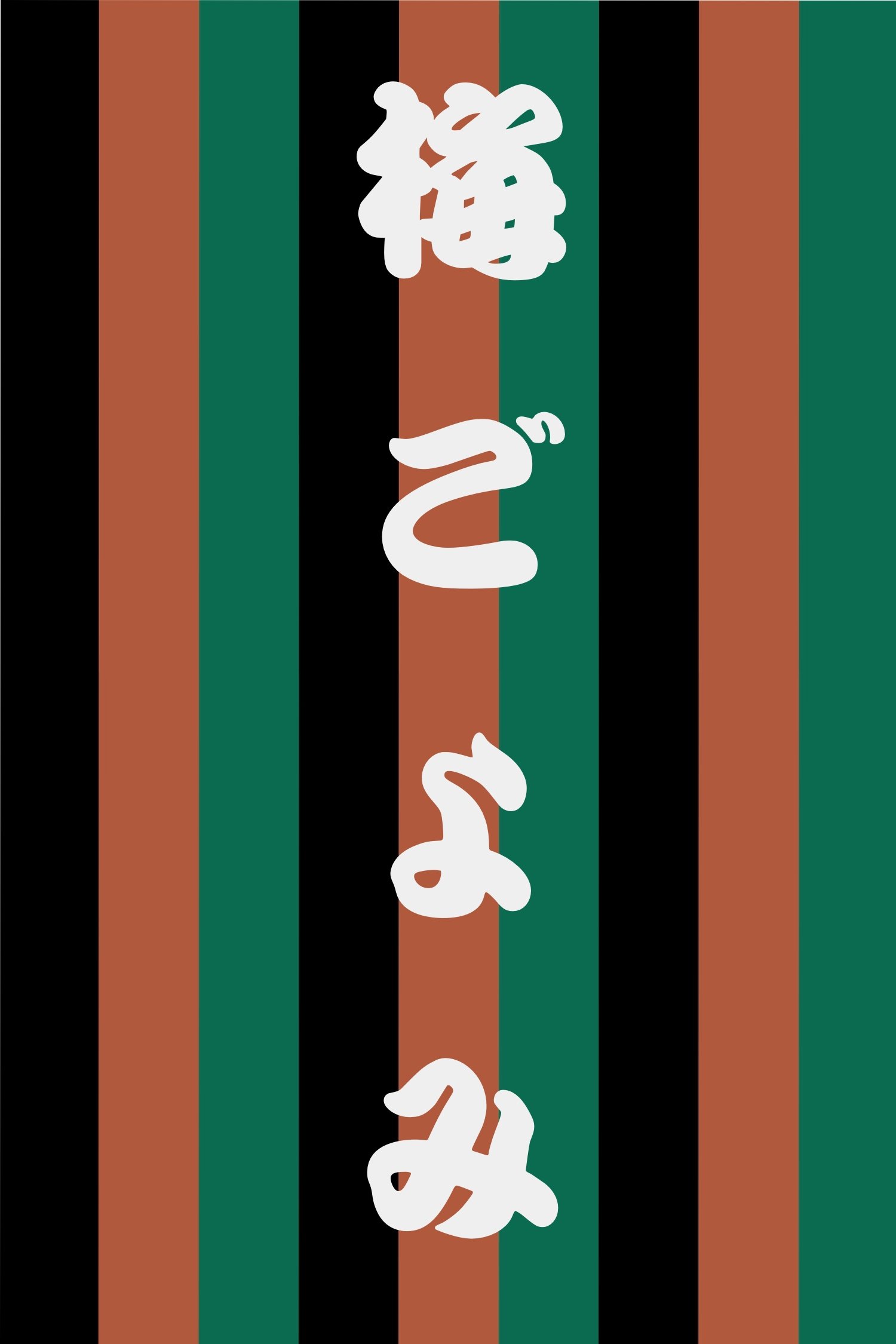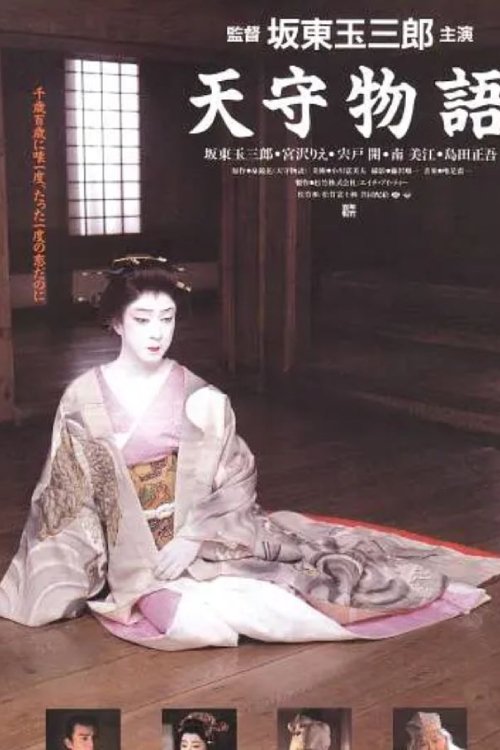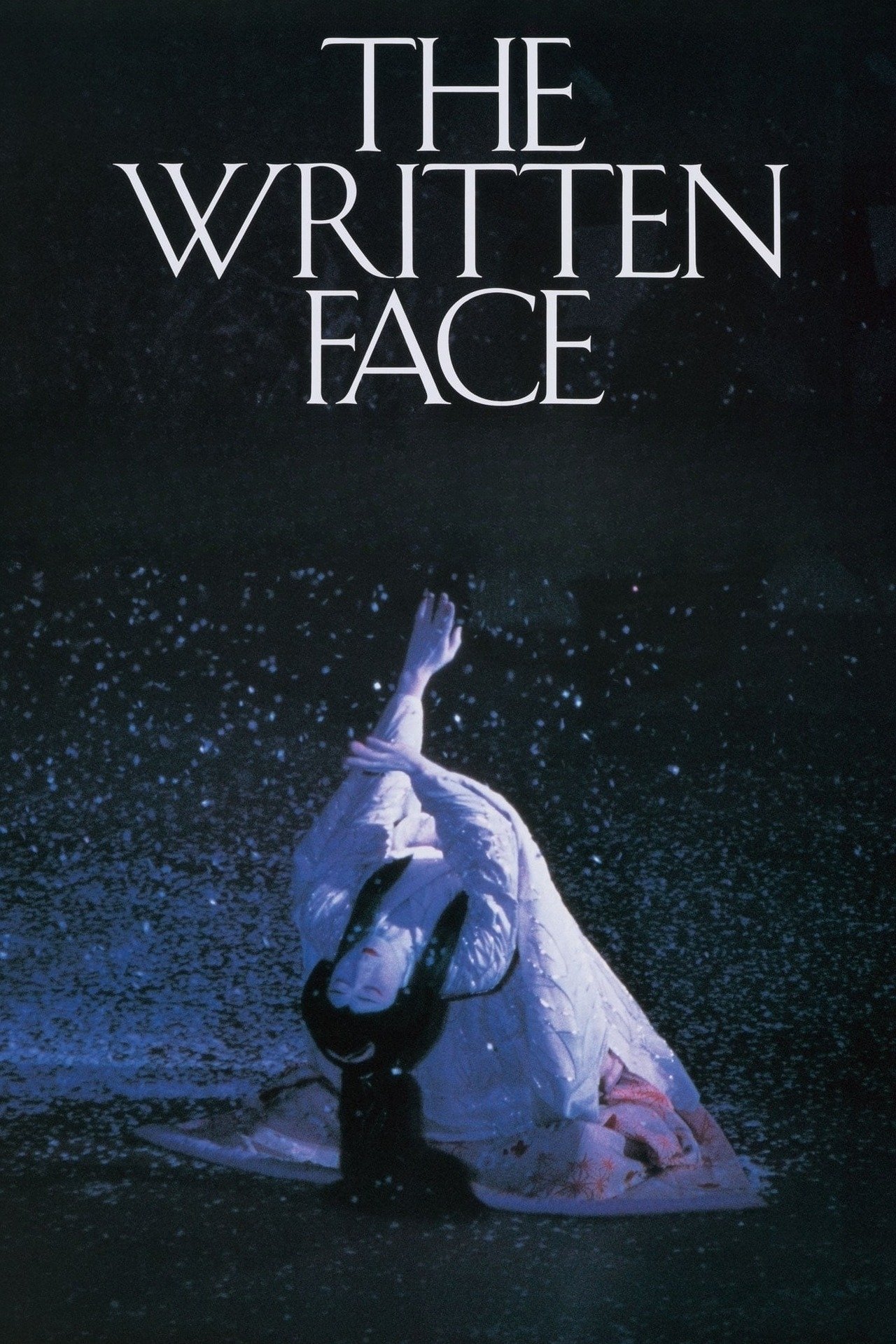

The main story concerns the rivalry between Adakichi and Yonehachi, two geisha of the Fukagawa district of Edo, for the love of the handsome and gentle Tanjirô. This situation gives rise to a number of highly entertaining scenes when, for example, in a fit of jealous rage Yonehachi tramples on the brand new haori coat that Adakichi has just presented to Tanjirô, or when, by way of revenge, Adakichi manages to beat Yonehachi over the head with a geta clog in an amusing parody from the famous highlight from "Kagamiyama Kokyô no Nishikie".

A young samurai dares to approach a castle mistress as he searches for an escaped falcon, a crime punishable by death, but escapes with his life. He is forced to return to the castle by the dying light, but the mistress has become fascinated with him...

In Japanese theater, women's roles are traditionally played by men. The man playing the woman's role, the Onnagata, does not imitate the woman, as in the West, but tries to capture her significance. He need not stick close to his model, but draws far more from his own identity - a shift of value takes place, which is nonetheless not a step beyond. THE WRITTEN FACE is an attempt to offer an insight into the Japanese Kabuki star Tamasaburo Bando, one of the last defenders of this ancient and disappearing performing tradition.
Kabuki actor, and the most popular and celebrated onnagata (an actor specializing in female roles) currently on stage. He has also acted in a handful of films. Born in 1950, Shin'ichi Morita was adopted by Morita Kan'ya XIV, and made his first appearance on stage at the age of seven, under the name Bandō Kinoji. At a shūmei (naming ceremony) in 1964 he became the fifth to take the name Bandō Tamasaburō; his adoptive father had been the fourth. In 1993, he directed the film Yearning, which was entered into the 43rd Berlin International Film Festival
By browsing this website, you accept our cookies policy.